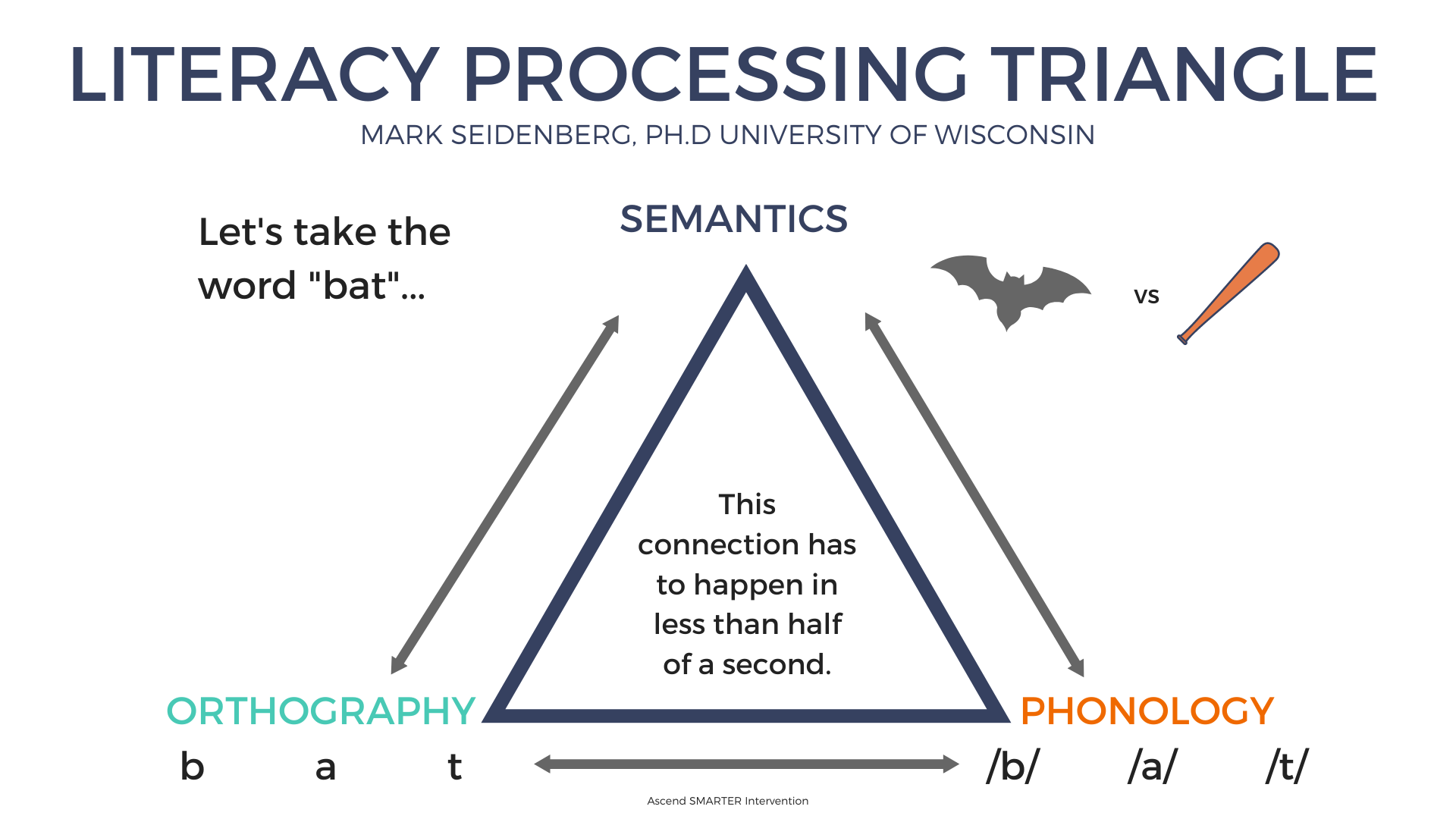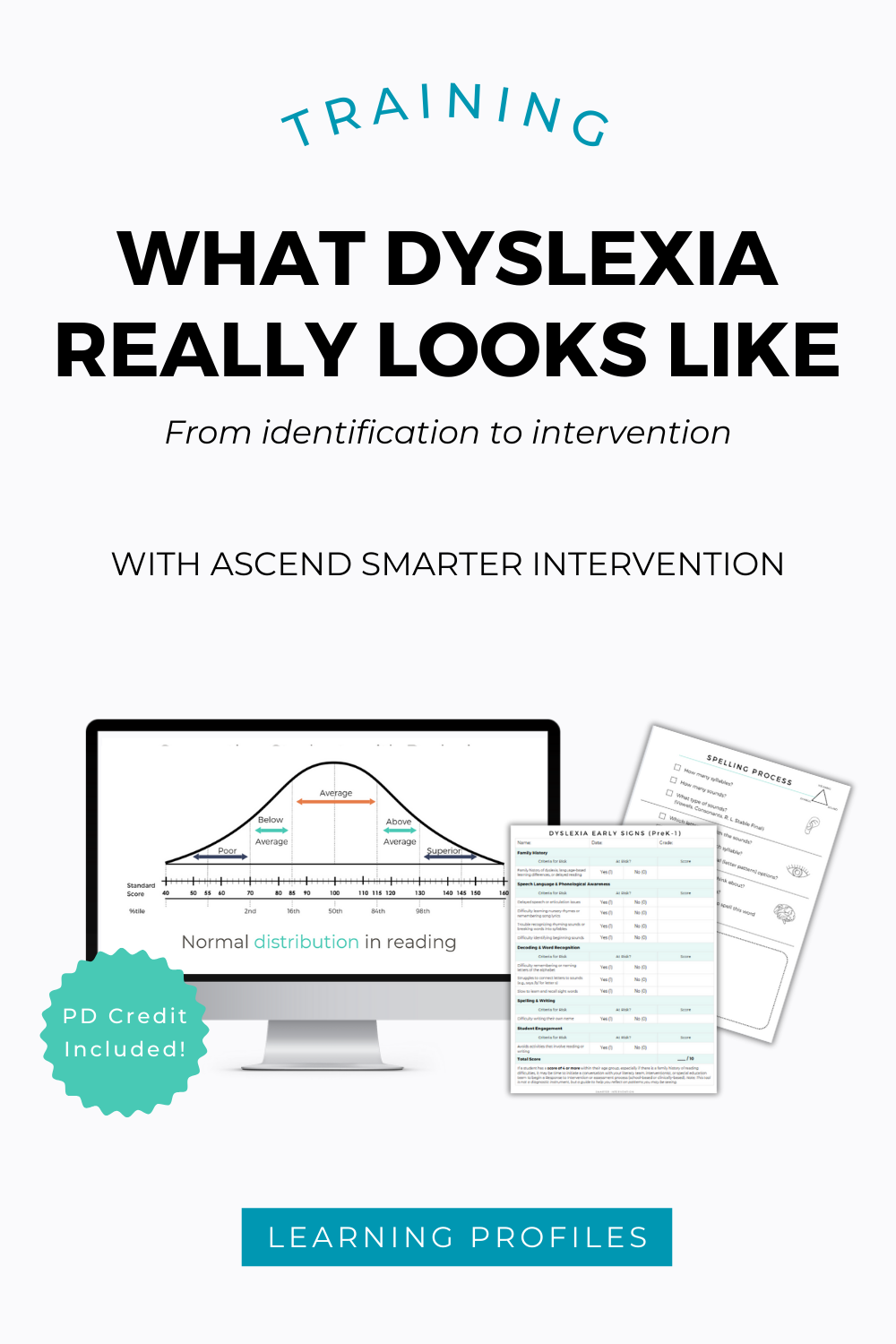4 Common Myths about Dyslexia
In honor of dyslexia awareness month, we wanted to take this opportunity to dispel some common myths about dyslexia and to provide further information to go check out if you’re worried your child or one of your students may have dyslexia.
Let’s dive right in:
Myth #1 - Dyslexia isn’t very common
This one couldn’t be further from the truth.
Dyslexia is actually the most common language-based learning difference. While exact prevalence rates vary depending on criteria, estimates range from 5% to 20% of the population.
In fact, the University of Michigan reports that 70–80% of people with significant reading, writing, and spelling difficulties are likely to have some form of dyslexia—whether or not it’s formally diagnosed.
Regardless of severity, dyslexia is far more common than many realize, and it’s something every educator and parent should be aware of.
Myth #2 - Dyslexia can’t be diagnosed until 3rd grade
This is one of the most heartbreaking, and damaging, myths out there.
Dyslexia can and should be identified before third grade.
It’s true that problems often become more visible around third grade, but that’s because reading demands shift from learning to read to reading to learn. If we wait until that shift happens, students have already spent years working harder than their peers, and falling further behind.
Early identification gives us a chance to rewire neural pathways and provide effective instruction when it matters most.
👉 Read more: Everything Was Fine Until 3rd Grade
Myth #3 - Dyslexia is caused by a vision problem
We get it, the visual aspect of reading makes this one feel believable.
While vision issues can coexist with dyslexia, they are not the cause of dyslexia.
Reading and writing require a brain-based process that links:
Semantics (meaning/language)
Phonology (sounds of language)
Orthography (visual symbol processing)
This is known as the literacy processing triangle, and dyslexia involves a breakdown in the phonological and/or orthographic processing systems, not a problem with visual acuity.
Myth #4 - Students with dyslexia have a low IQ
This myth is especially harmful, and completely false.
Dyslexia has no correlation with intelligence. In fact, many students with dyslexia have average to above-average IQs and are highly capable learners.
But this myth creates two major problems:
Bright students often go unidentified.
Because they’re compensating well or have strong verbal reasoning, their struggles may be masked. Often, these students are told, “You’re too smart to be struggling,” which delays support and increases frustration.
👉 Read more: But he’s so smart, he can’t be dyslexicStruggling students internalize the wrong message.
When a child works twice as hard but still can’t read like their peers, they often believe they must not be smart. Add in comments like “You’re just not trying hard enough,” and we see shame take root, despite enormous effort.
As educators and caregivers, it’s critical that we separate reading difficulty from intelligence and ensure students receive the right kind of instruction and encouragement.
The Bottom Line
Awareness matters.
By dismantling these myths, we can help more students get identified earlier, receive effective support, and feel empowered rather than ashamed.
Dyslexia is not a character flaw or a deficit in intelligence. It’s a brain-based difference in how language is processed. And when we recognize it early, we can help students thrive.
Want to Learn More?
Check out our On-Demand Professional Development Training:
“What Dyslexia Really Looks Like: From Identification to Intervention”
In this training, we walk through:
How dyslexia presents differently across ages and grade levels
Why some students “fly under the radar” until academic demands increase
Practical ways to identify patterns early and connect students with the right support (from accommodations to instruction
How to manage conversations around dyslexia
You don’t want to miss this one.



